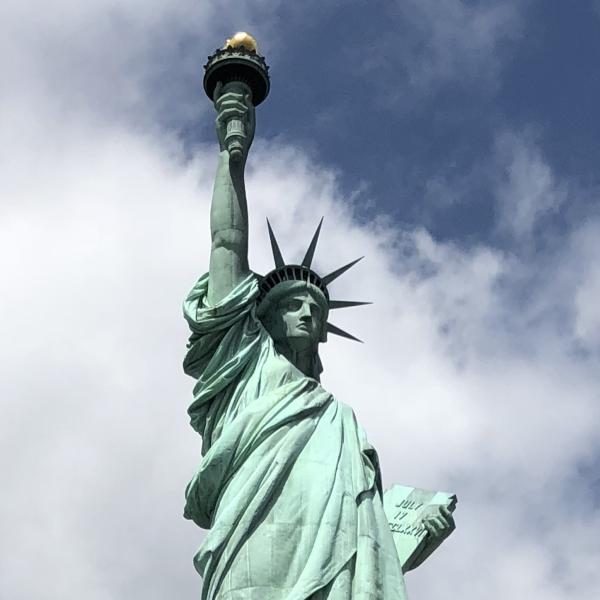Roughly one in 20 Coloradans lacked health insurance in 2023. Although the uninsured rate dropped to 4.6% after being stuck at around 6.5% for nearly a decade, it still amounted to 265,000 people who lacked health insurance.
Medicaid drove the improvement. The federal government allowed states to keep people enrolled in Medicaid during the COVID-19 pandemic. But the official public health emergency is now over, and people started losing eligibility for Medicaid in May 2023. This important gain in health coverage is already reversing.
The temporary improvement in insurance coverage was a direct result of the government’s response to the COVID-19 pandemic. The federal government declared a public health emergency and allowed states to keep people on their Medicaid rolls, even if their income rose. As a result, membership in Health First Colorado (the state’s Medicaid program) reached an all-time high of 30.0% of the state’s population, or 1.7 million people.
The official public health emergency has ended, and people began losing their Medicaid eligibility in May 2023. The CHAS polled Coloradans mainly in the spring, before most disenrollments took effect.
Public coverage proves its worth. The response to the pandemic provided an experiment in the most effective way to increase health coverage. Colorado has seen two large coverage expansions in the past decade, one triggered by the Affordable Care Act (ACA) and the other by the pandemic response. Both happened because the federal and state government allowed more people to use Medicaid. In contrast, Colorado policymakers spent much of the past decade working to improve the private market through reinsurance, the Colorado Option, and other ideas. But the uninsured rate did not budge for all those years.
The conclusion is that expanded public coverage is the simplest and most effective way to cut the uninsured rate.

